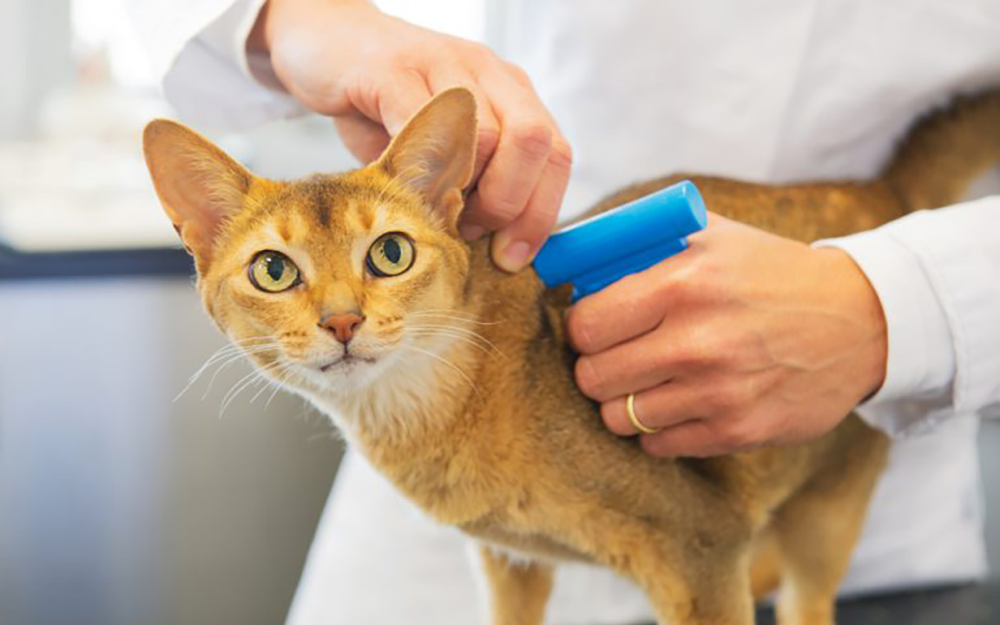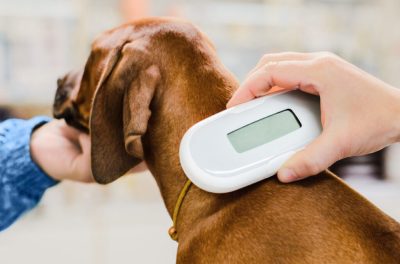
By Janet McAfee
What would happen to your pets in the event of an earthquake, a hurricane, fire, or a flood? In California, our greatest concern is the possibility of an earthquake. Experts predict massive traffic jams on the 10 freeway in the aftermath of an earthquake in the Coachella Valley. In last year’s blazing hot 2023 summer, fires in local motor home communities left residents and their animals homeless.
 In 2019, the Idyllwild mountain region was under mandatory evacuation from the Cranston fire. Pet parents were directed to shelters in nearby high schools that will accept animals of certain sizes. Over 160 dogs and cats from the Living Free Animal Sanctuary were transported to safer locations with other animal welfare organizations. There were special arrangements for horses.
In 2019, the Idyllwild mountain region was under mandatory evacuation from the Cranston fire. Pet parents were directed to shelters in nearby high schools that will accept animals of certain sizes. Over 160 dogs and cats from the Living Free Animal Sanctuary were transported to safer locations with other animal welfare organizations. There were special arrangements for horses.
Here are some things pet parents can do IN ADVANCE of a natural disaster or emergency to keep their fur friends safe. These steps will help you plan for yourself as well. Be sure to always keep your car’s gas tank over half full in case it becomes difficult to purchase fuel. Have a battery-operated radio to receive news updates in case there is no power in your home. Keep some cash on hand.
TAG AND MICROCHIP YOUR PET
Microchipping is your pet’s best ticket to getting home if he gets lost or displaced in an emergency. The tiny chip in the back of his neck contains owner contact information that can read by any scanner at a shelter or vet clinic. An engraved tag with your phone number and important medical information on his collar is the quickest way to have your pet returned and you can obtain them at PetSmart or Petco. Have current photos of your pets on your cell phone.
Loving All Animals will microchip your dog or cat for FREE at their shelter in Coachella during weekdays. Call ahead for times and availability at 760-834-7000. Cats must arrive in carriers and dogs on leash.
PLAN A PET FRIENDLY PLACE TO STAY
Locate pet-friendly hotels out of your area in advance. Plan to stay with a friend or relative who will allow your pet to stay in an emergency. You can locate pet-friendly hotels at several websites including www.DogWonderful.com, www.bringyourpet/com, and www.PetTravel.com.
USE THE BUDDY SYSTEM
Plan ahead with a trusted friend or neighbor and give them a key to your home in the event you are caught outside evacuation lines when an order is issued. They may need to handle evacuating your pets.
 PREPARE AN EMERGENCY KIT FOR EACH ANIMAL
PREPARE AN EMERGENCY KIT FOR EACH ANIMAL
Stock up on basic supplies as retail stores could shut down in the event of an emergency. Have a two-week supply of pet food on hand. Have a 2-week supply of food for the people in your home as well. Store a supply of pet food in a water-tight container and rotate it every few months to ensure freshness. People and pets will require a supply of drinking water if officials declare your household water unfit to drink. Keep an extra supply of their medication. Other items to have ready include a flashlight, scoopable litter, blanket, liquid soap dish and disinfectant, first aid kit and photocopies of medical records.
HAVE CARRIERS AND LEASHES FOR EACH ANIMAL
This is particularly important for multiple pet households. Carriers are essential for car travel and transport. Pets may be stressed, and carriers will prevent them from escaping.
EVACUATING WITH BIRDS
Our feathered friends must be transported in a secure travel cage or carrier. A blanket over the bird’s cage may reduce stress. In warm weather, carry a spray bottle to periodically moisten your bird’s feathers. As with all your pets, have a current photo, and keep your bird’s leg band on for identification. Birds must eat on a daily basis, so obtain a timed feeder that will ensure his daily feeding schedule should you have to leave unexpectedly.
DON’T LEAVE YOUR PETS BEHIND
We all remember the tragic scenes of desperate animals left behind in Katrina not allowed into rescue boats. In response to that tragedy, the 2007 PETS Act authorized FEMA to provide rescue, care, and shelter to people with domestic pets and service animals. If the situation isn’t safe for you, it’s not safe for your animals.
COMFORT YOUR ANIMALS
Your calm voice and presence will help reduce their stress if you and your animals are displaced. Cats in particular don’t like to be transported to unfamiliar locations and must be in carriers. Play soft music on the radio. Keep a familiar toy in their kennel.
Advance preparation will prevent danger, panic, and suffering for you and your beloved animals!










































